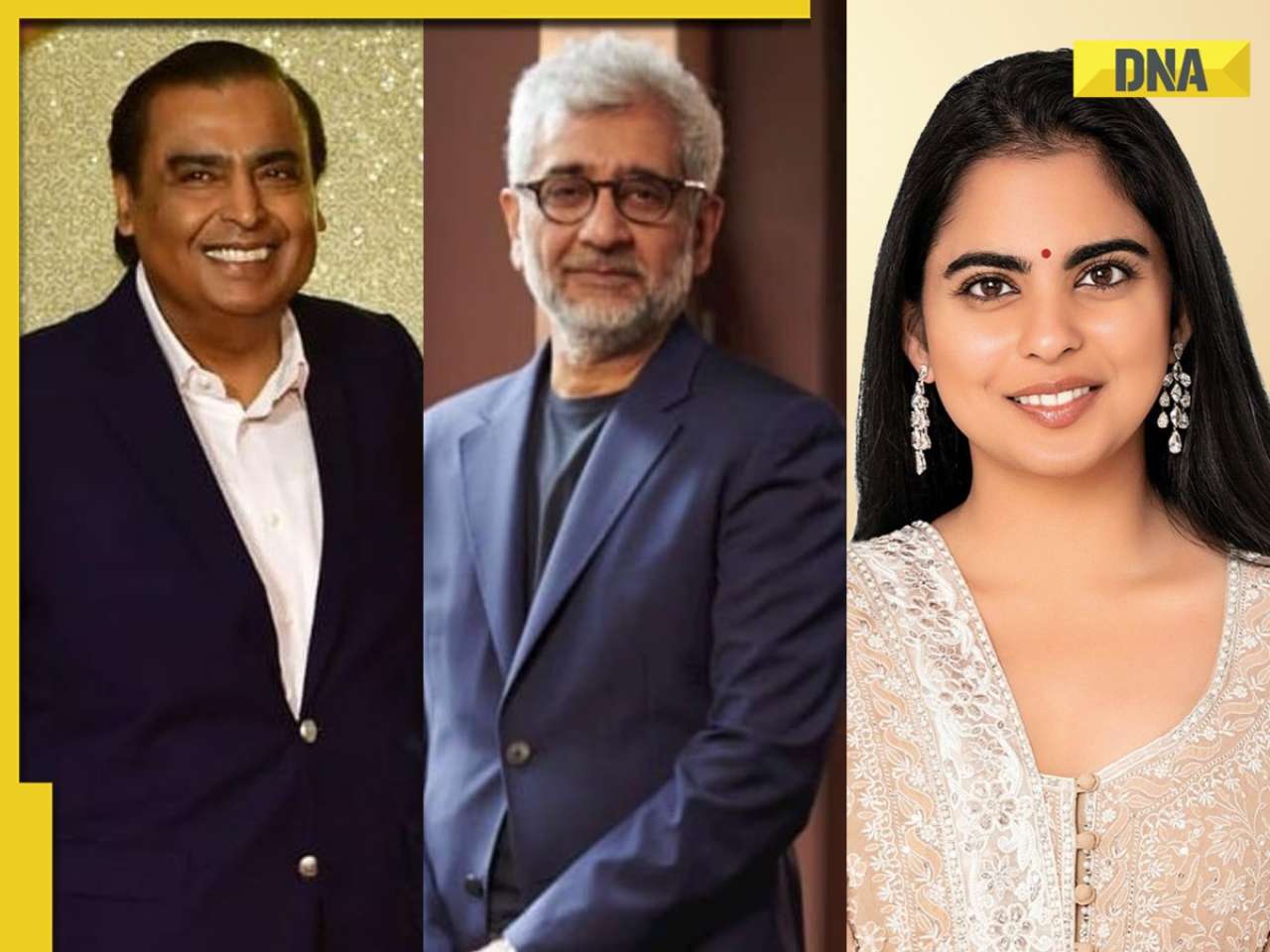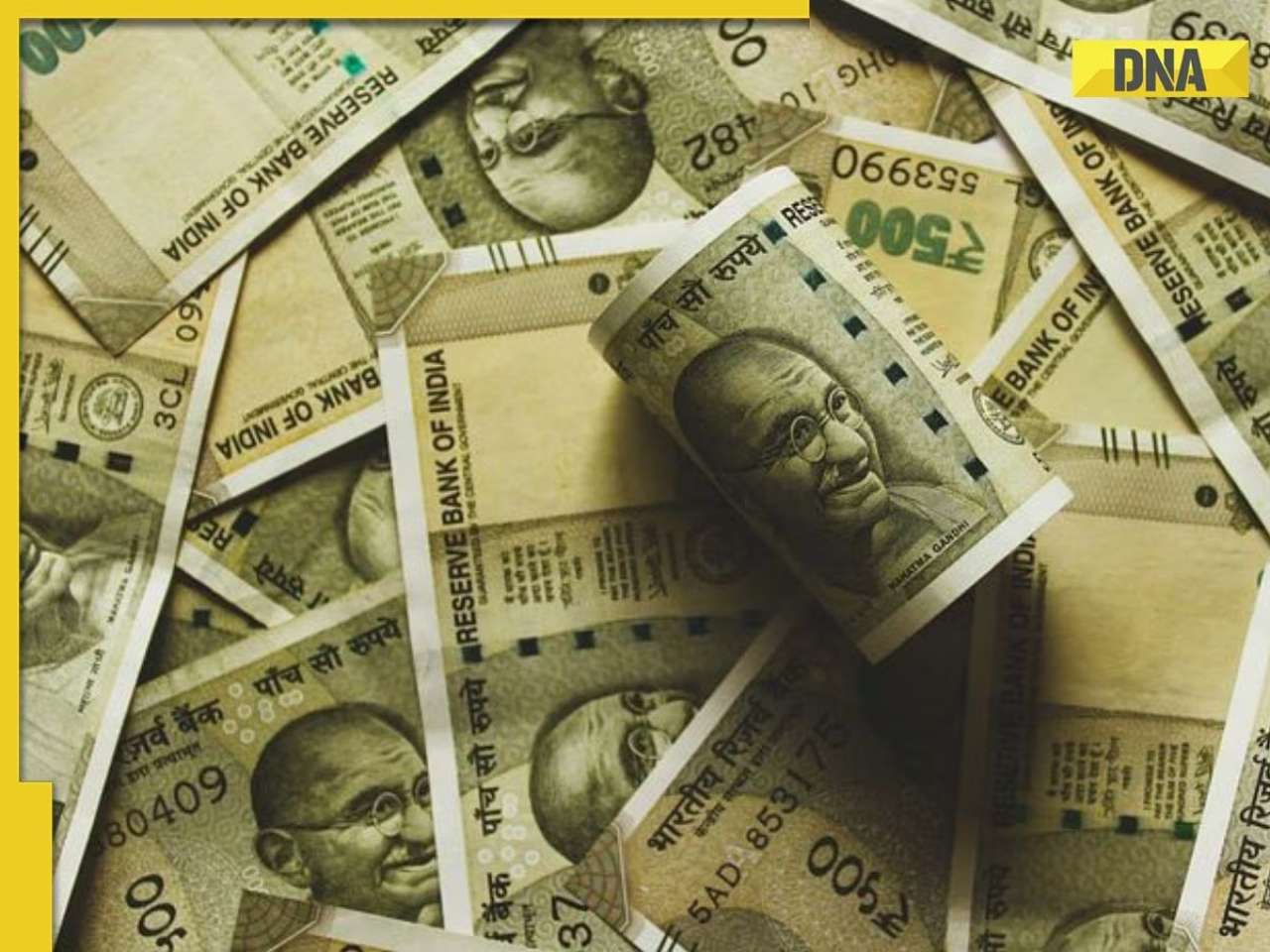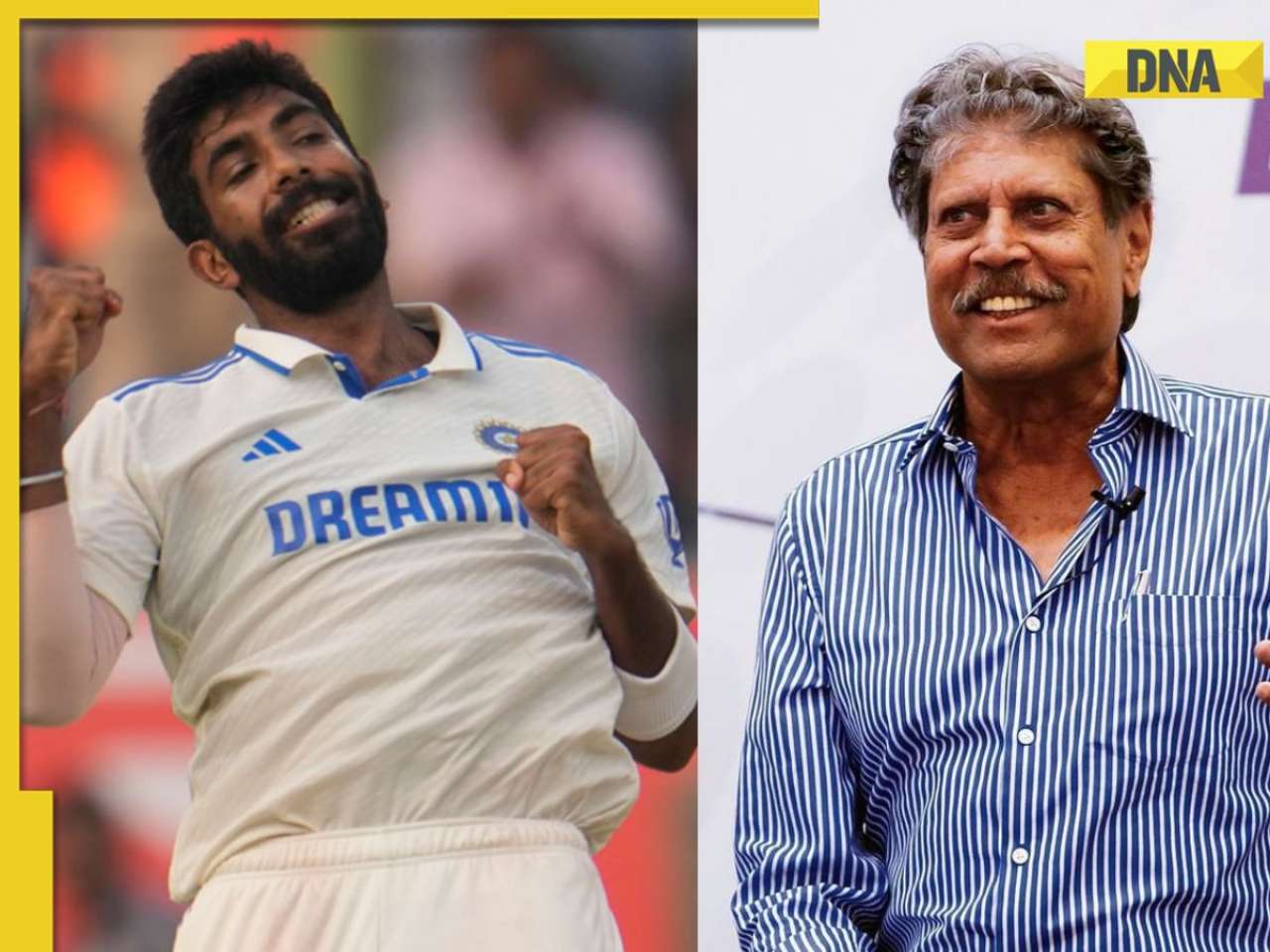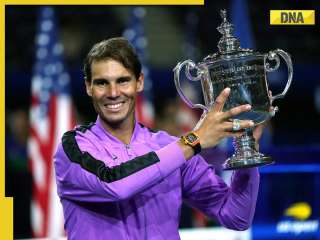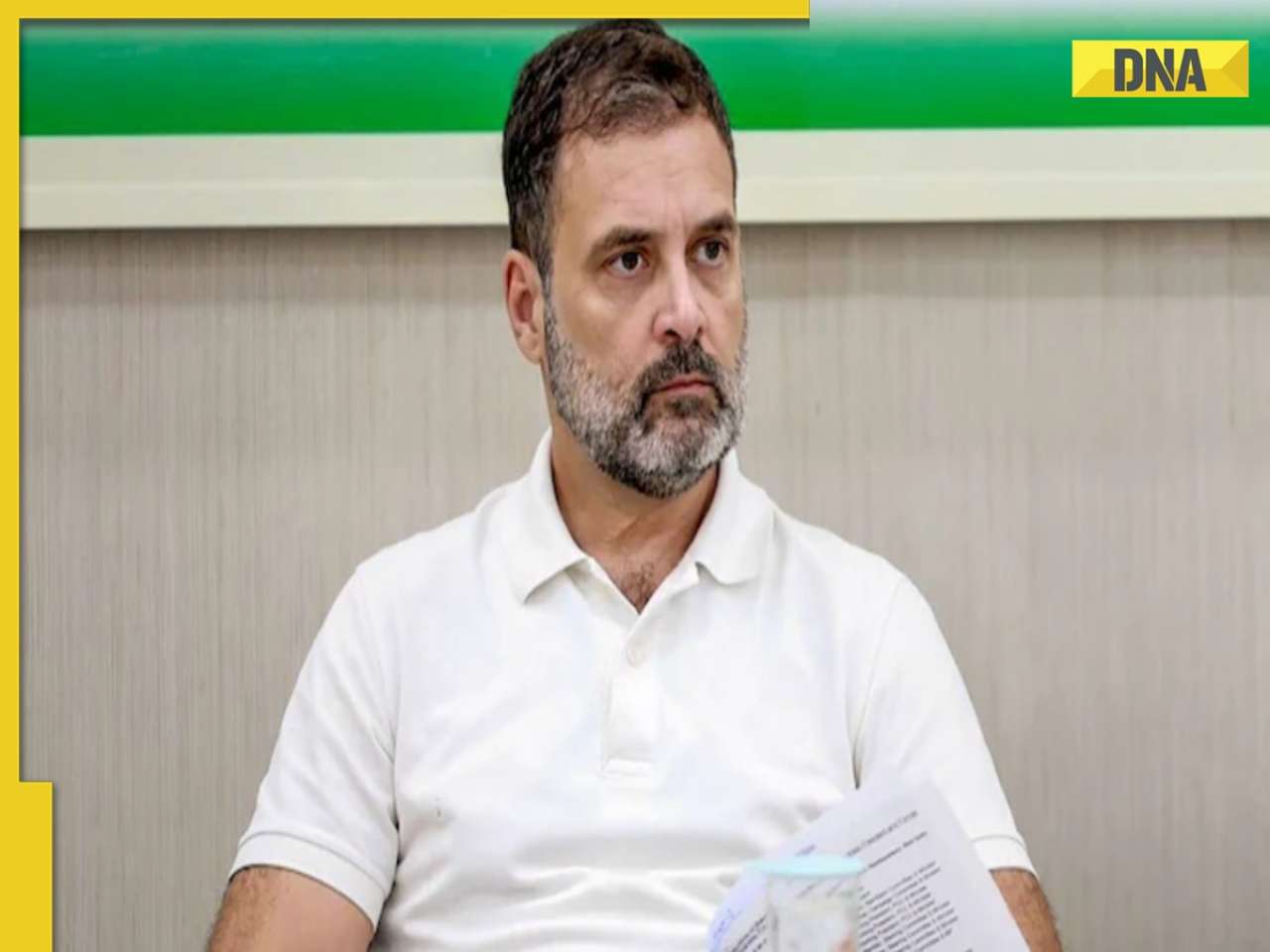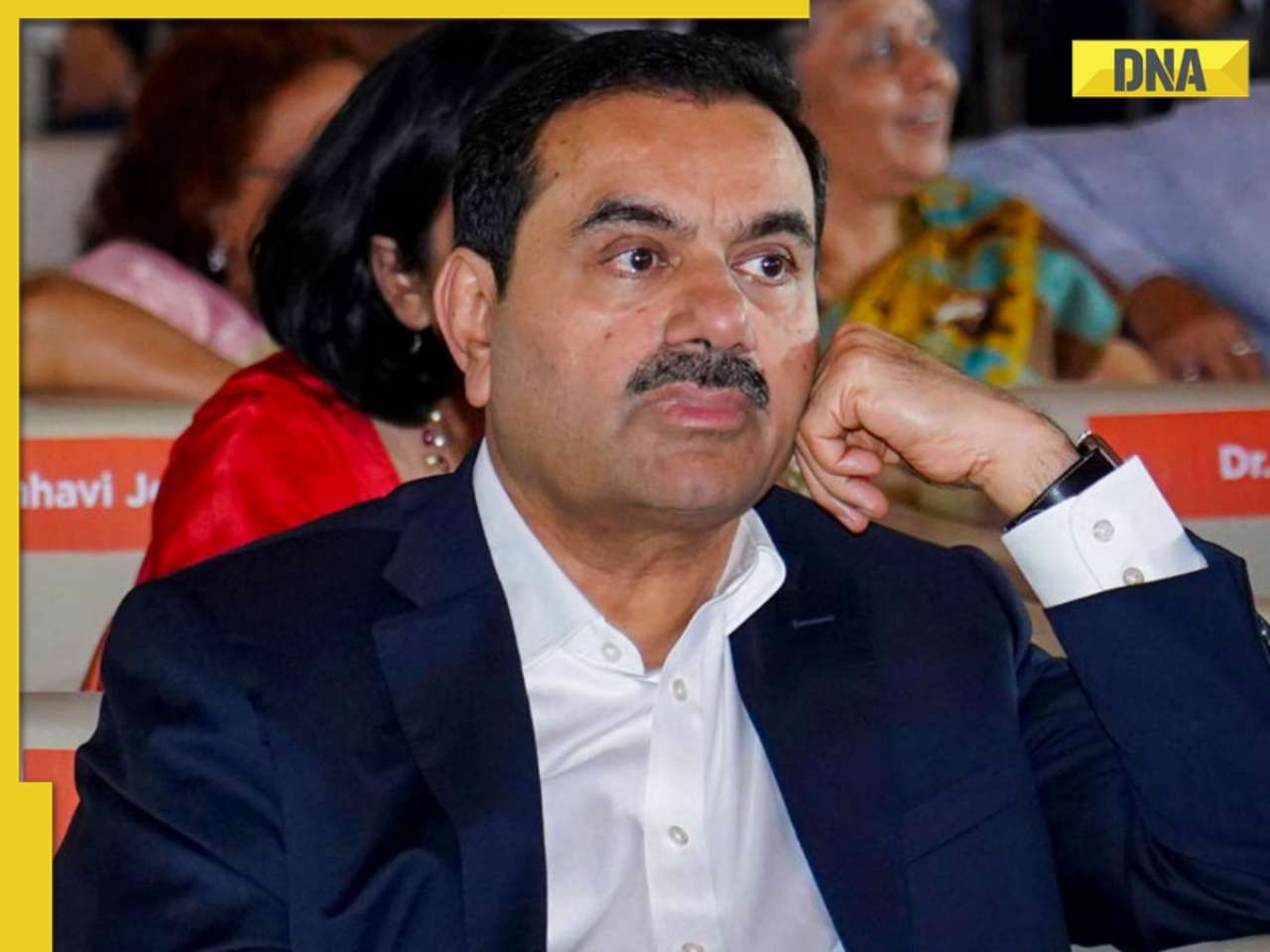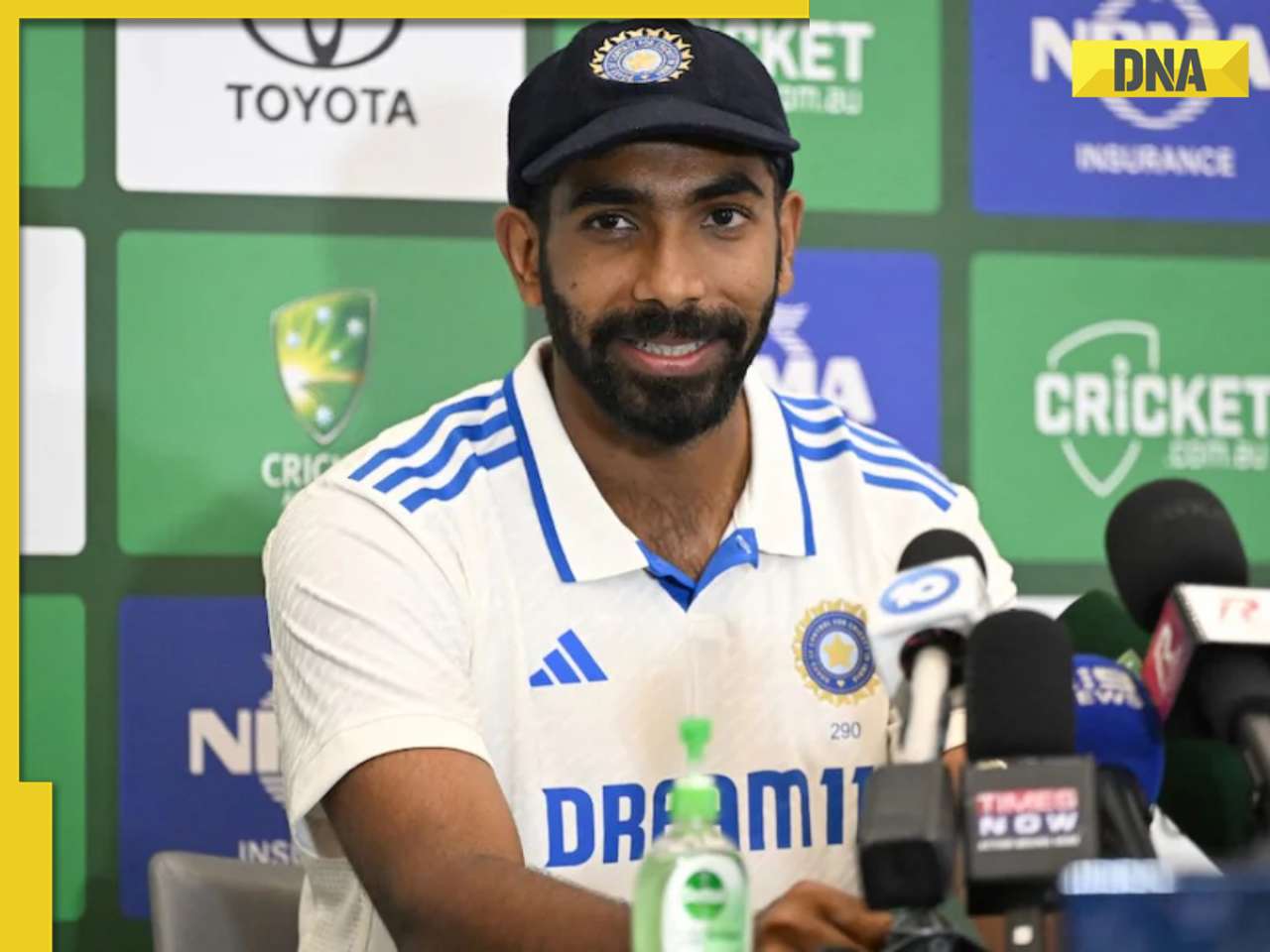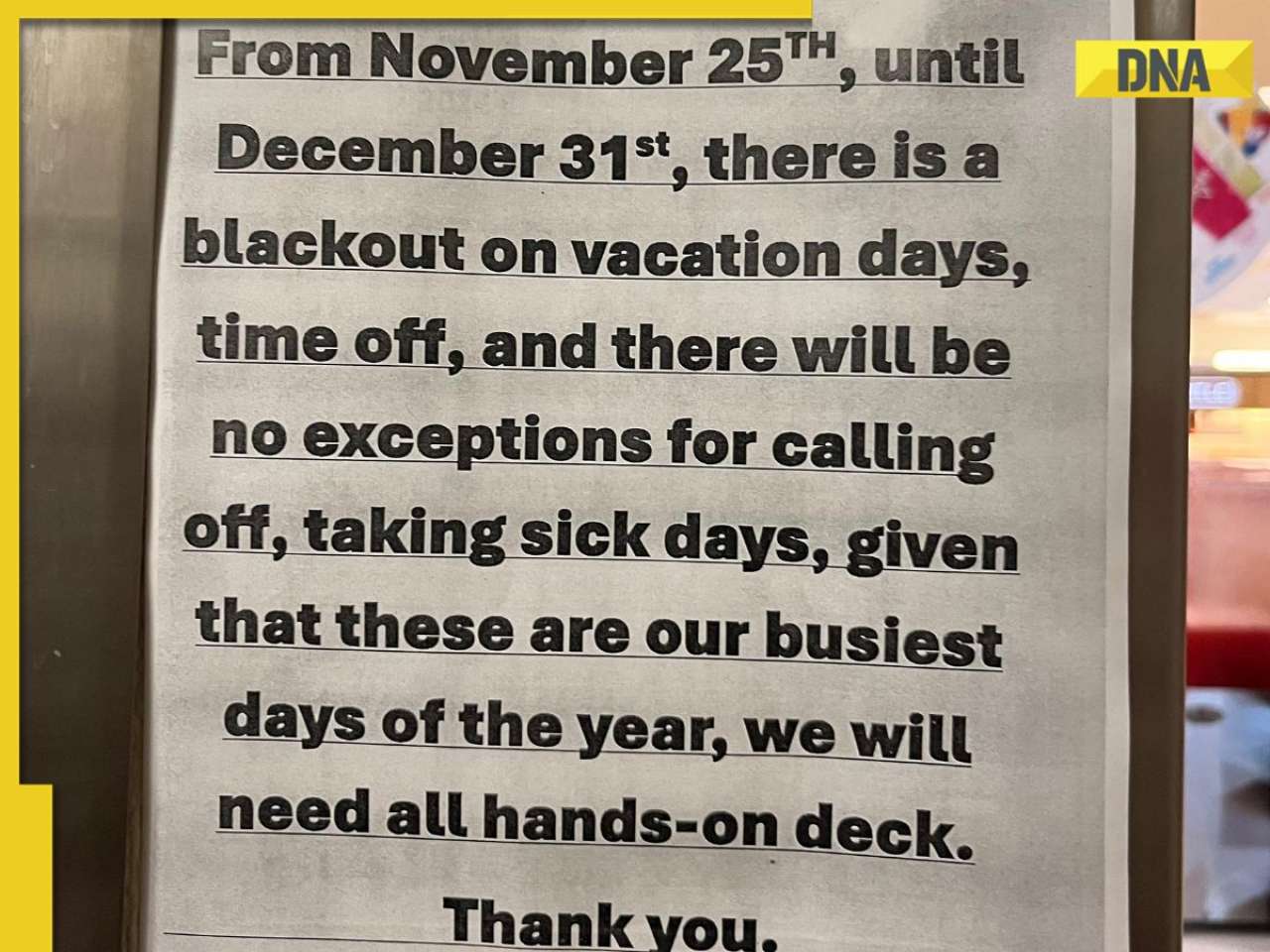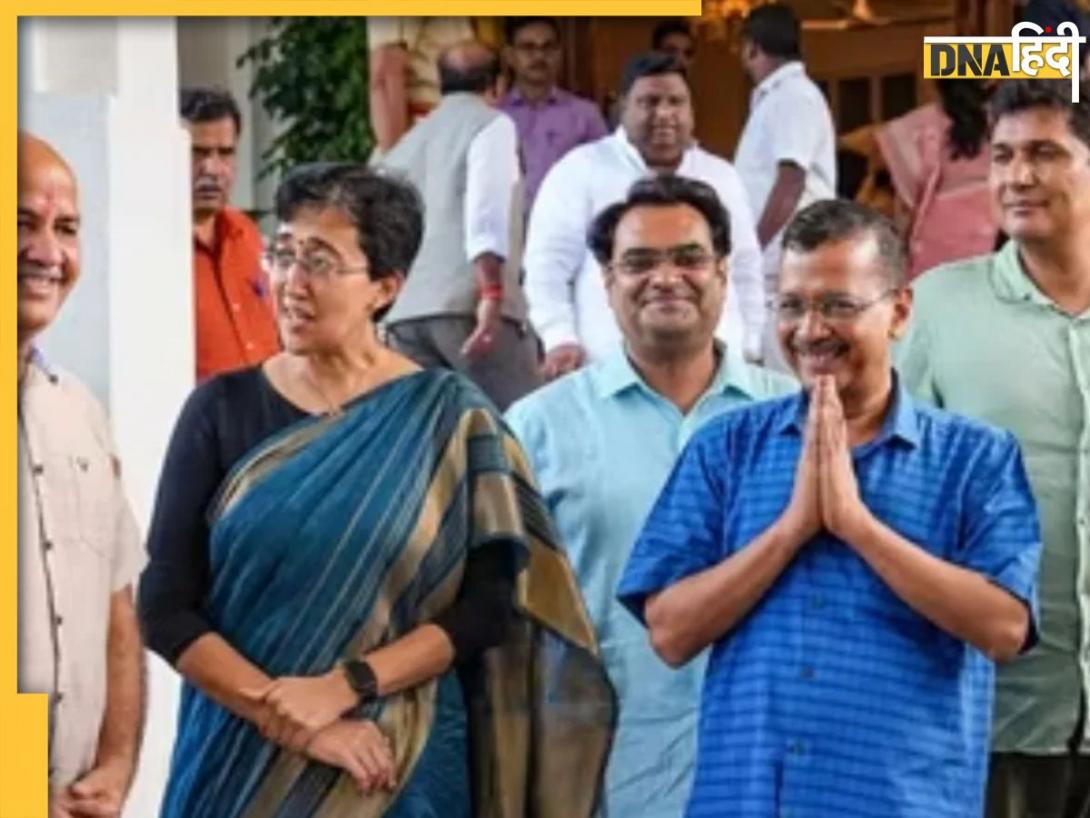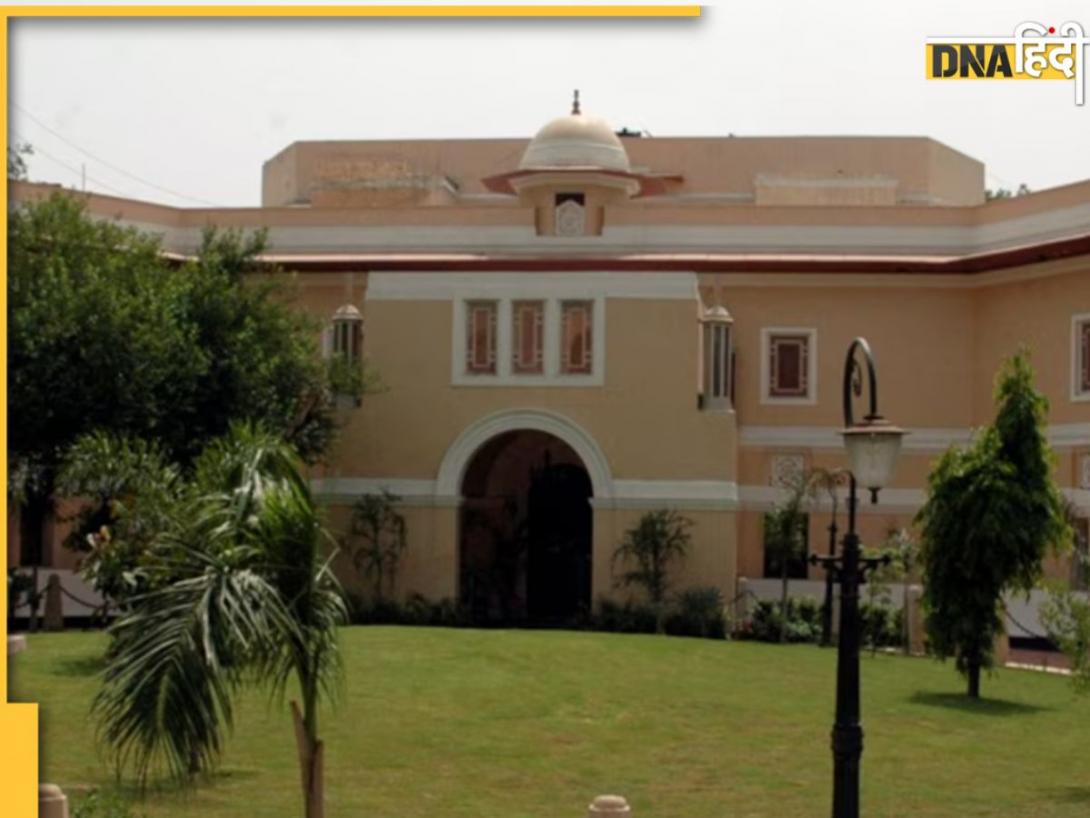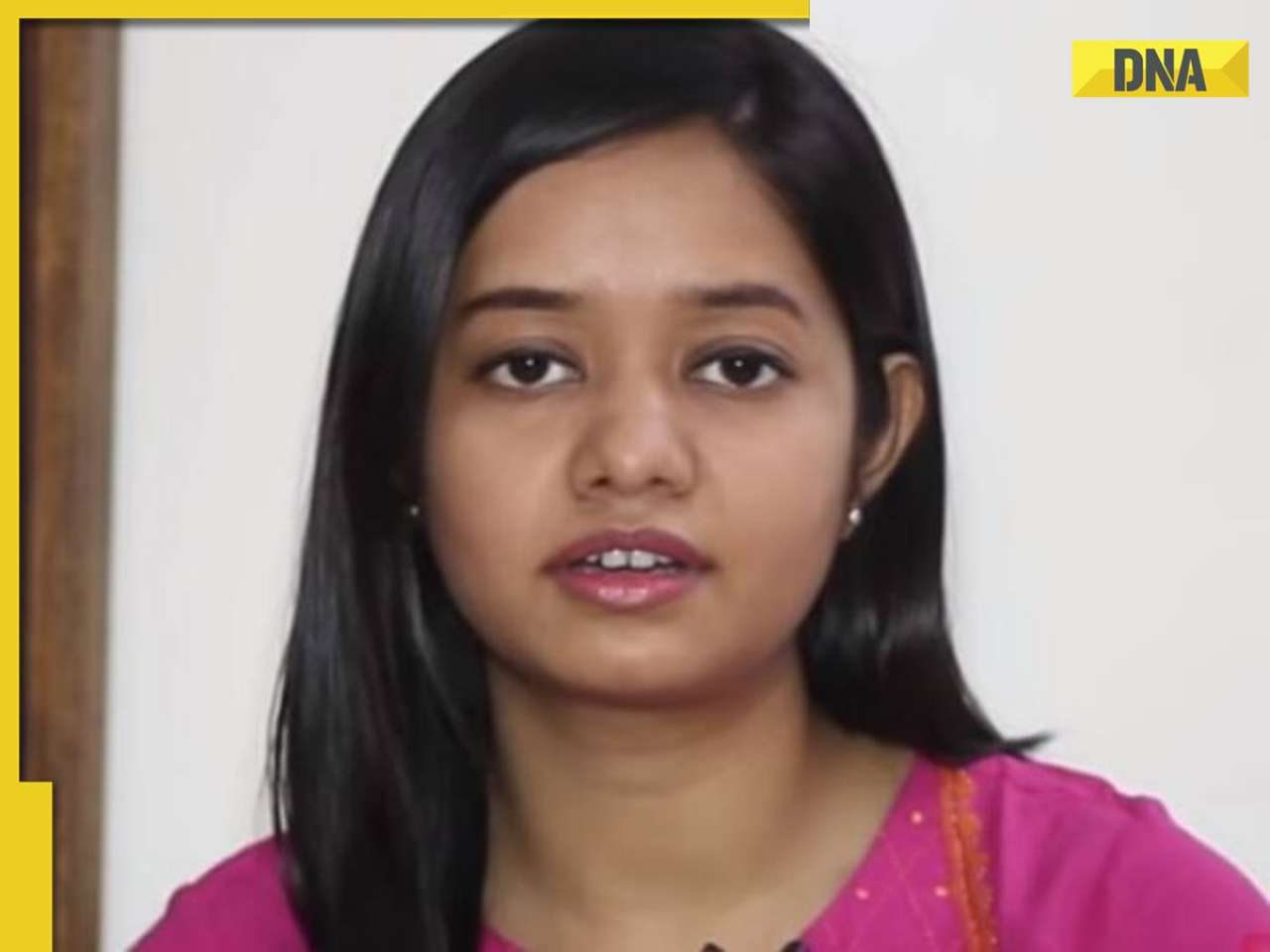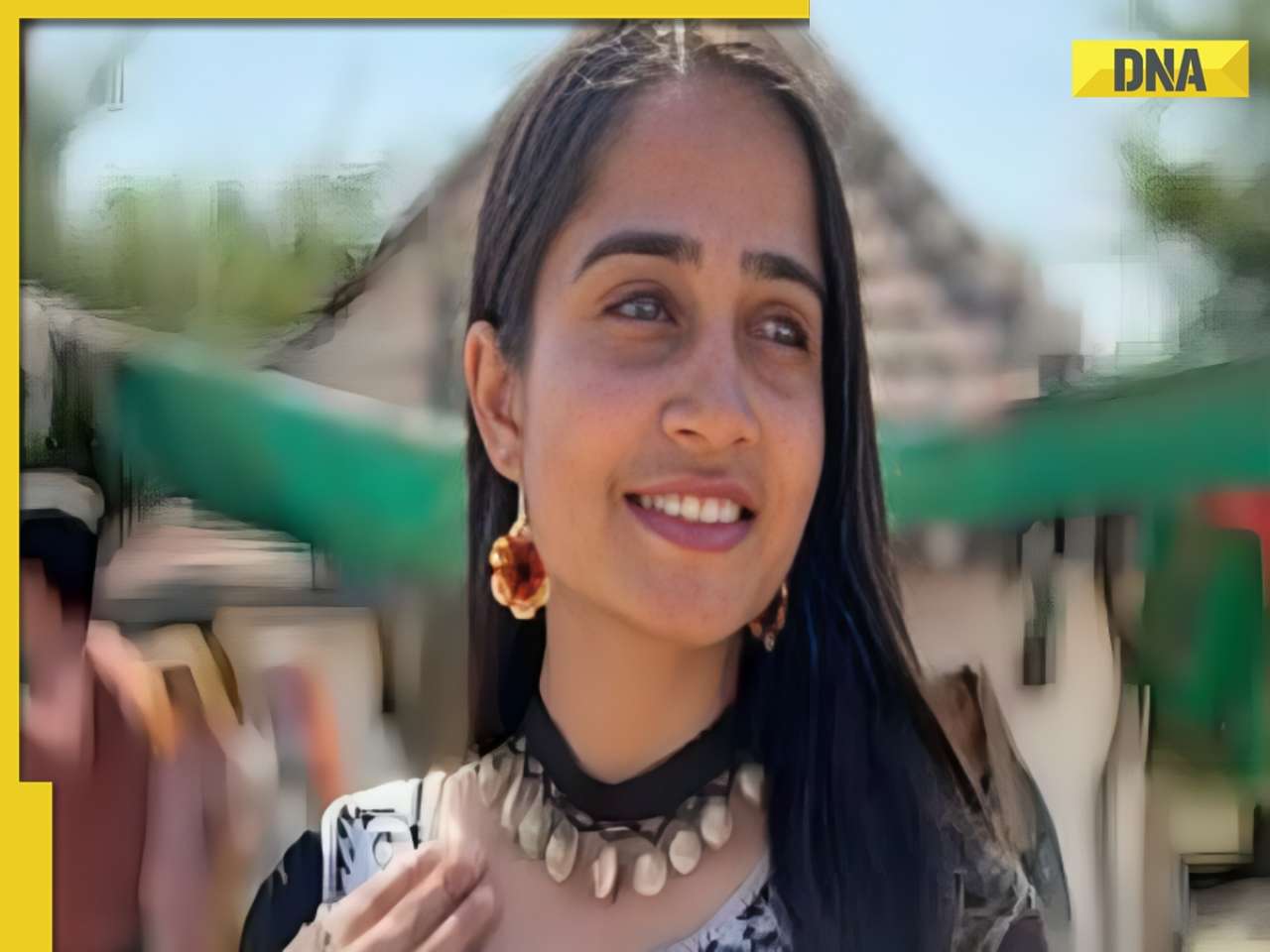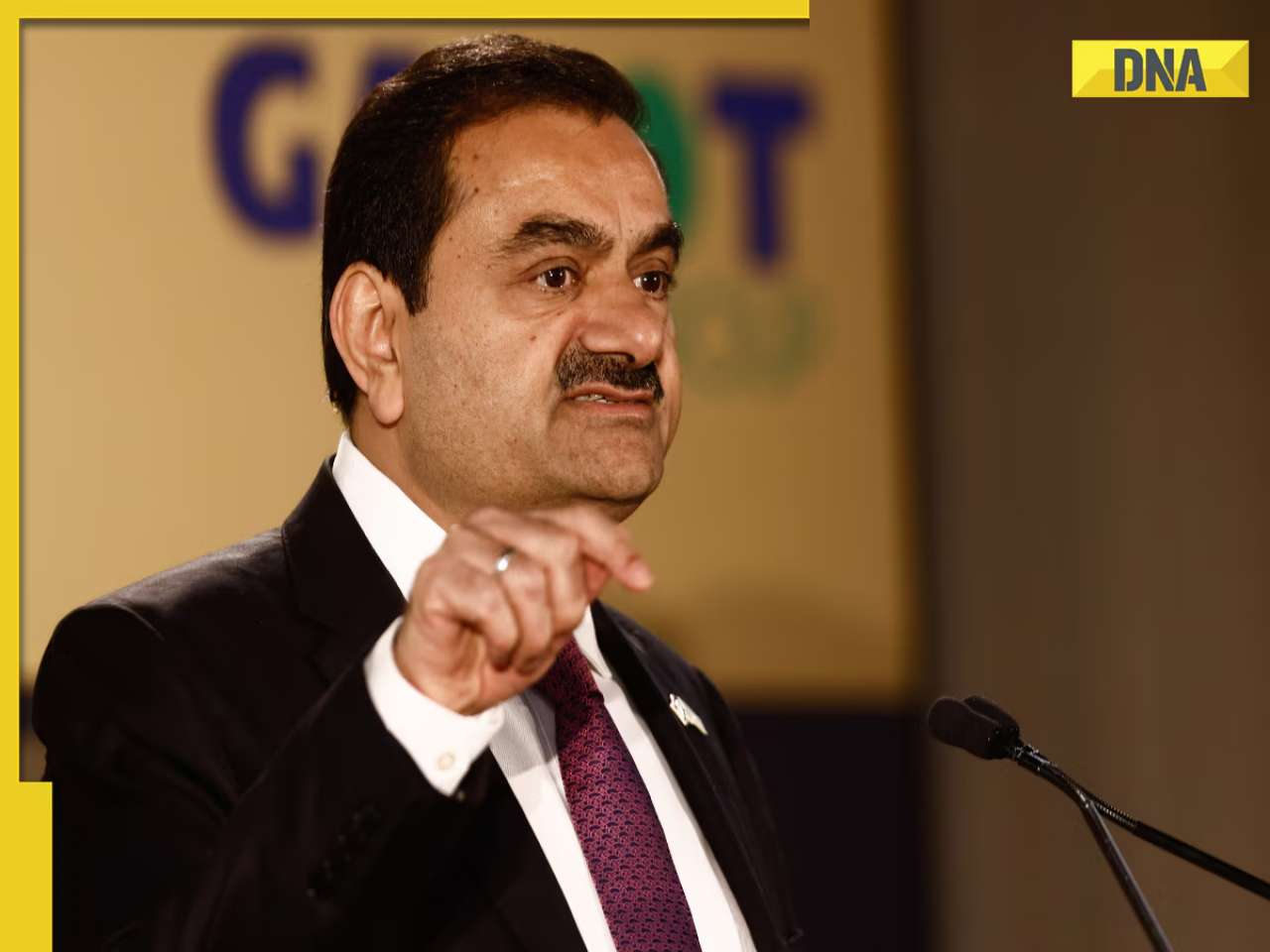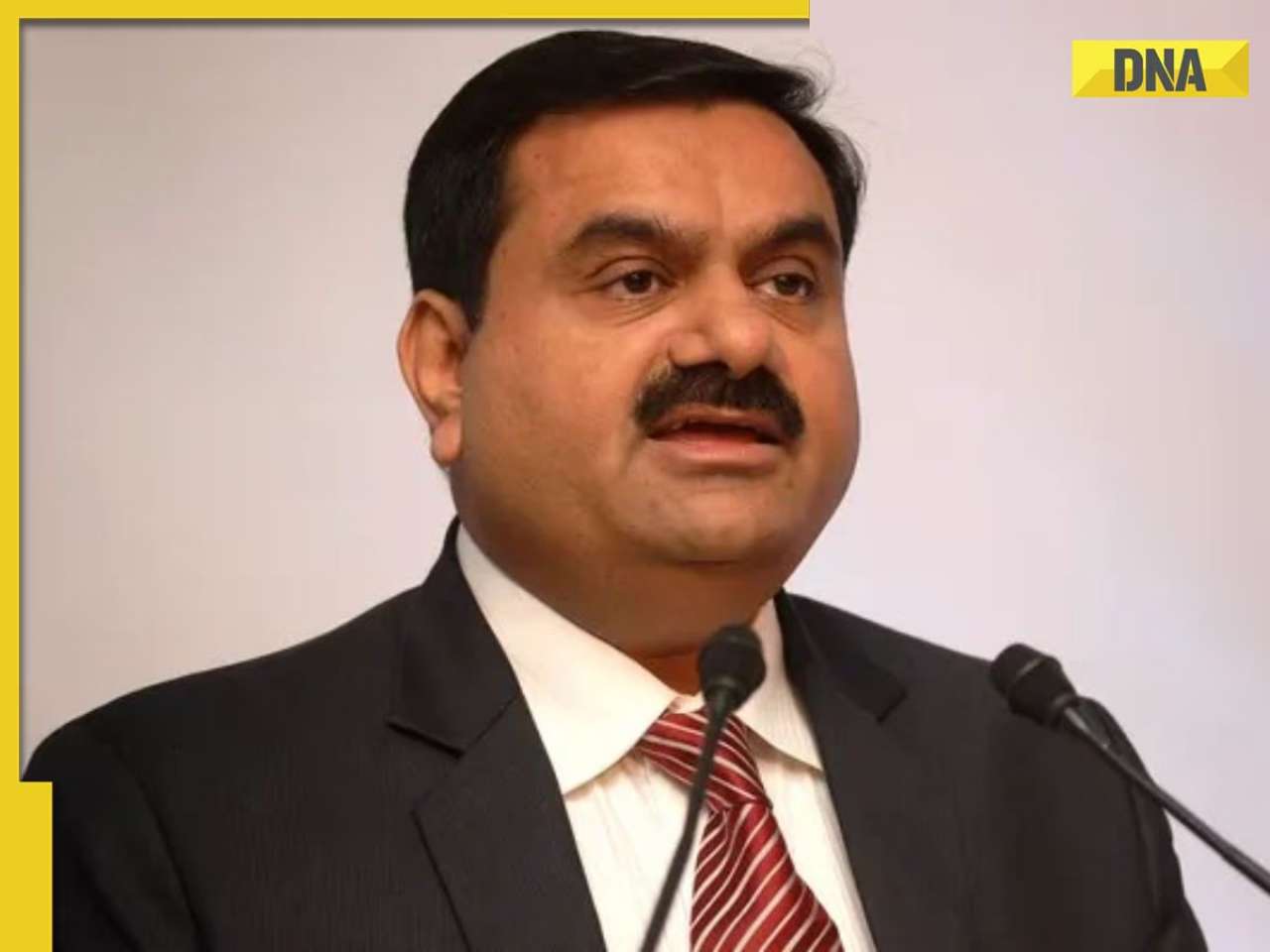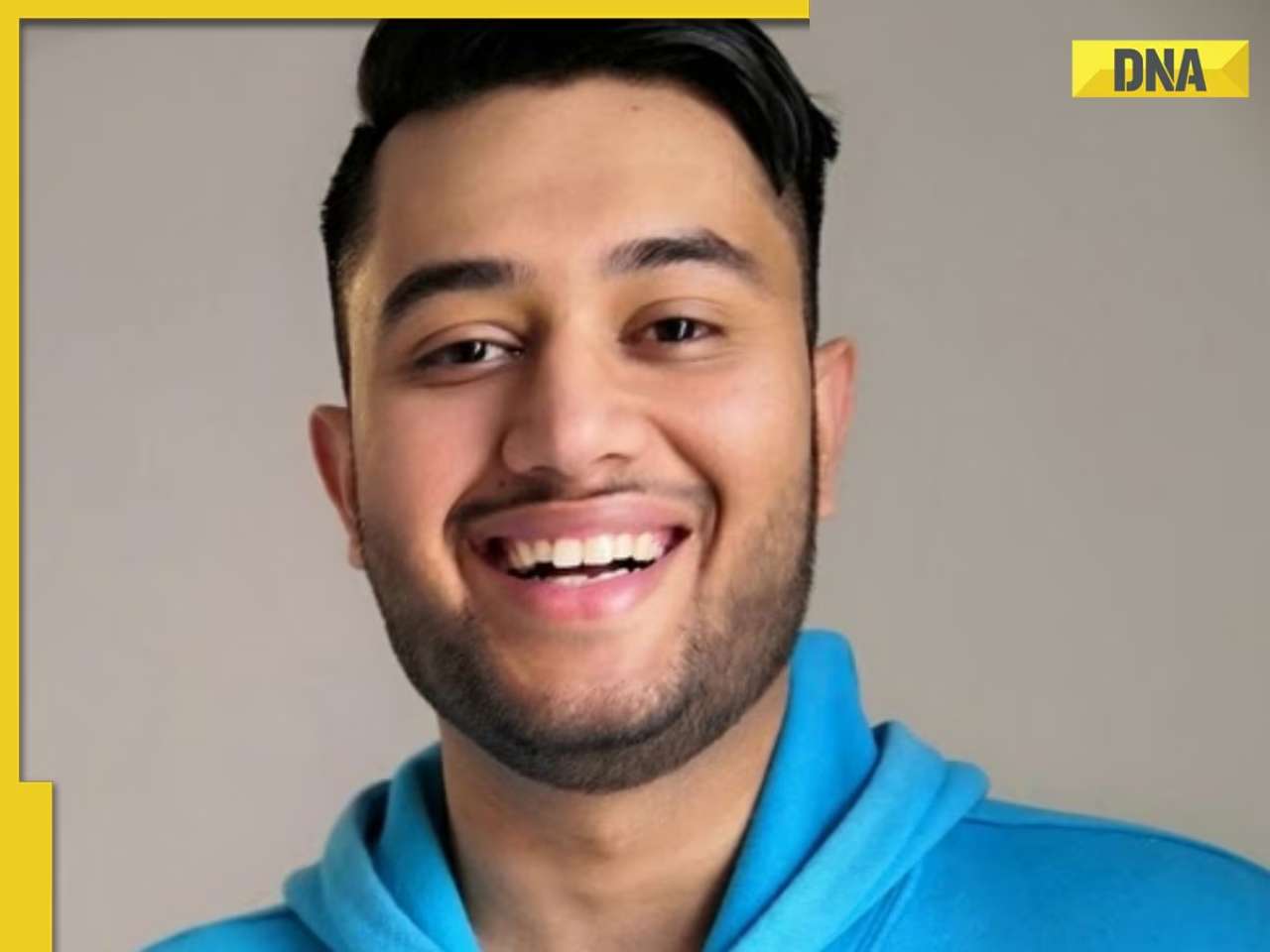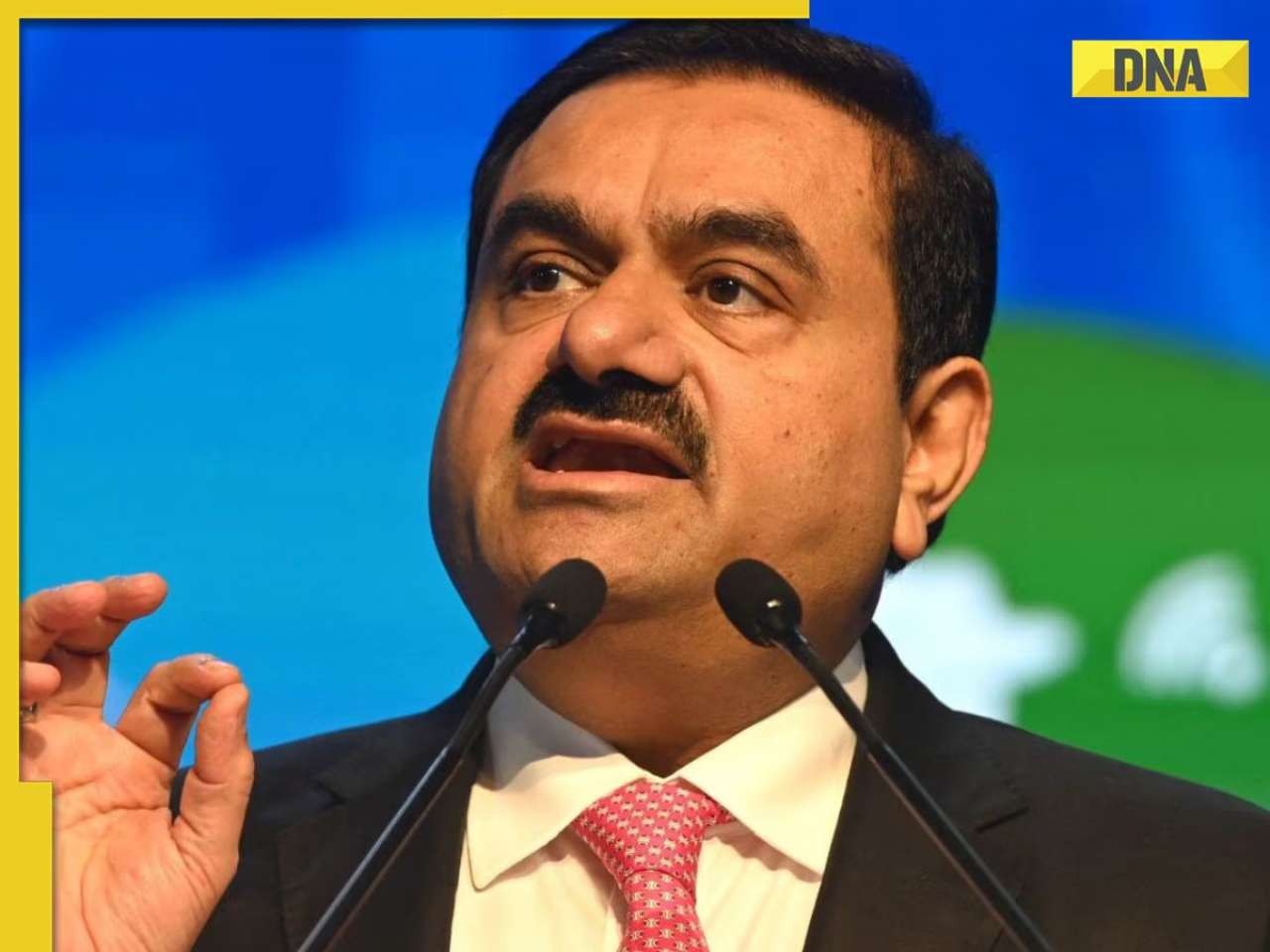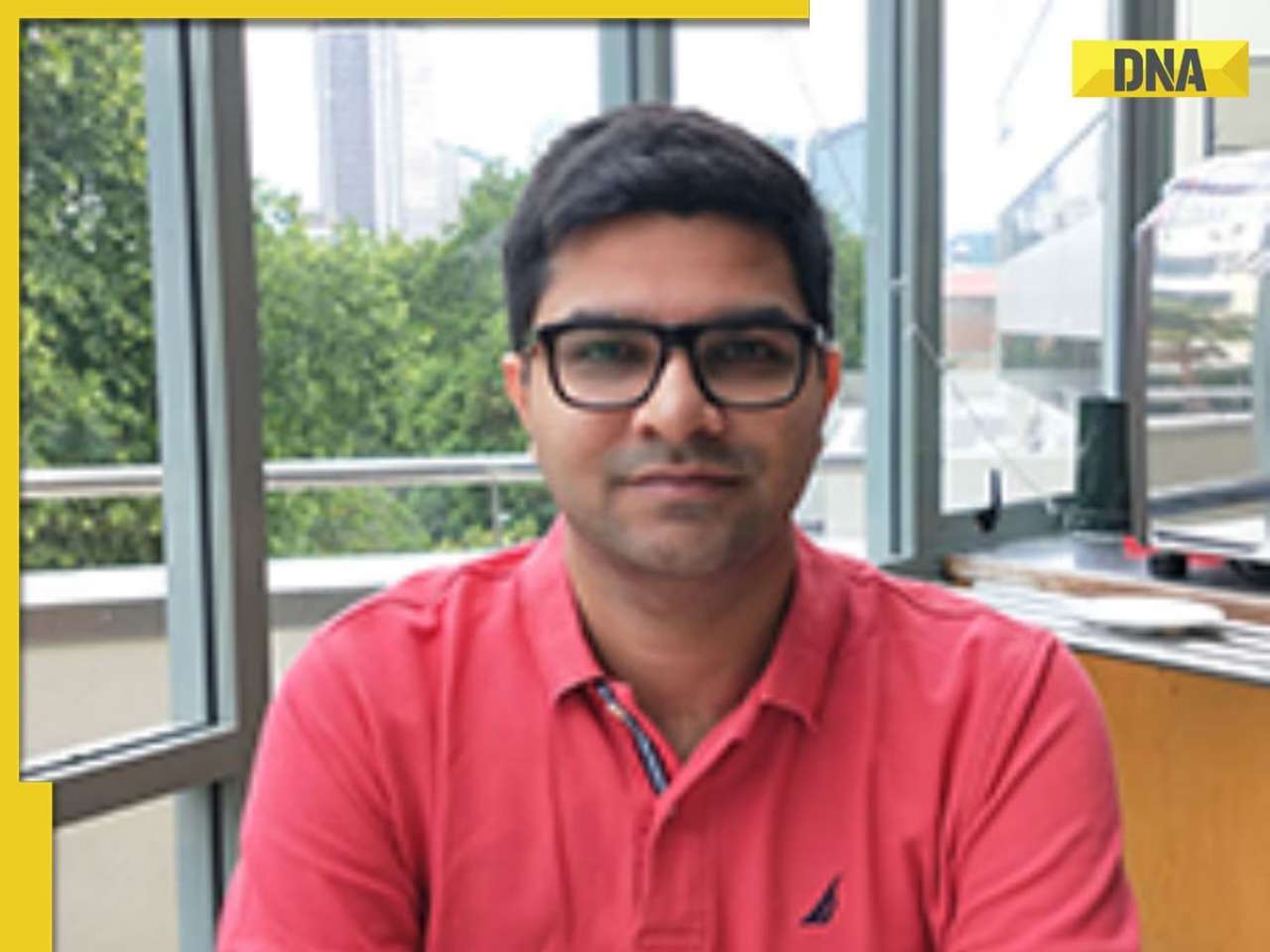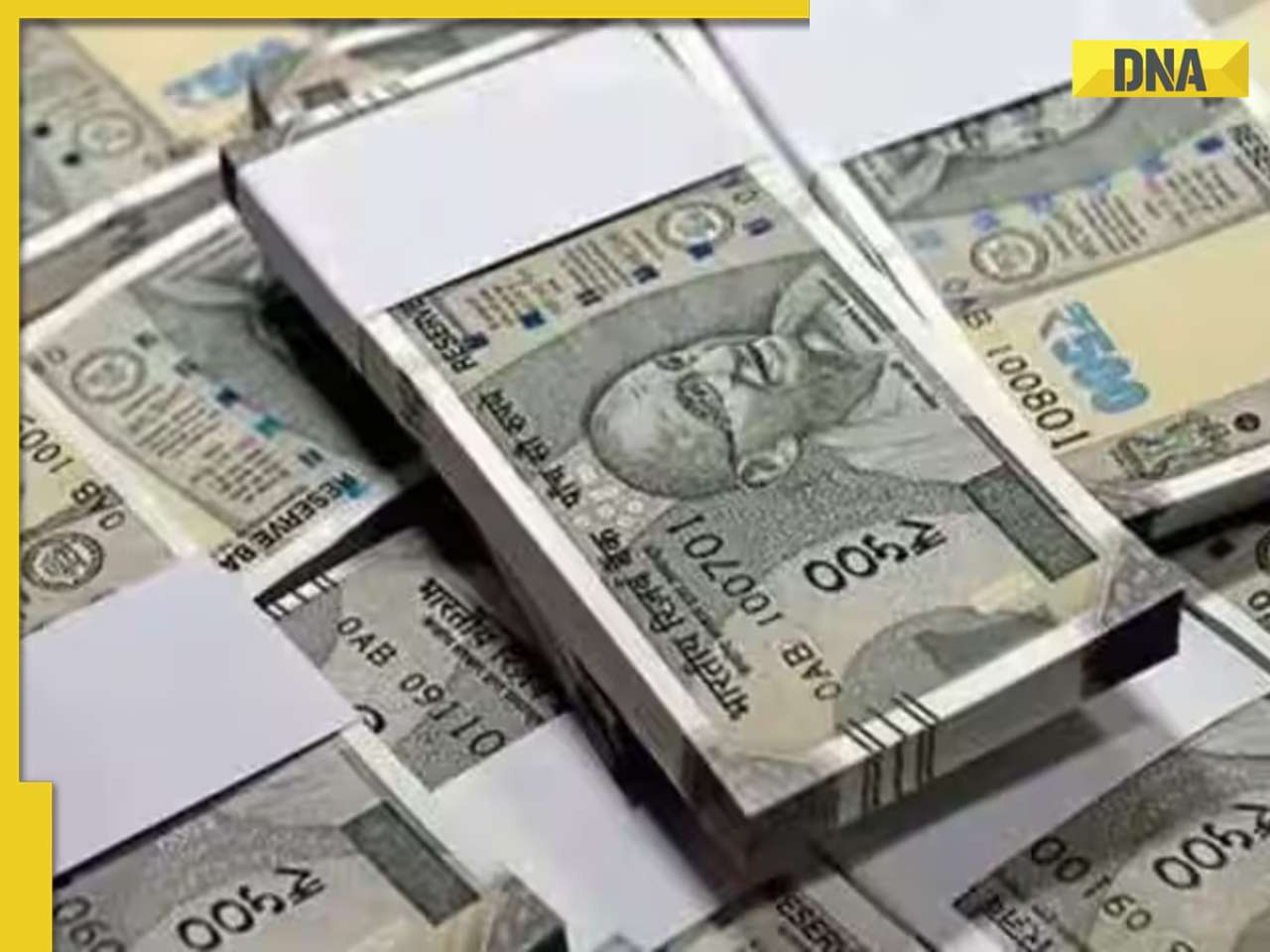- LATEST
- WEBSTORY
- TRENDING
LIFESTYLE
Casting a spell: Why Indian-Americans excel at spelling bee competitions
With Vanya Shivashankar and Gokul Venkatchalam being announced co-champions of the 2015 Scripps National Spelling Bee, the riveting contest held annually in the US has become a backyard for Indian-American kids to display their prowess with letters and words. Is it about rote learning? Or genetics? Marisha Karwa speaks to gurus, parents and students to get some answers
TRENDING NOW
Eight had fallen before them. It was now down to the last man standing. This was not the first attempt for either of the two eighth-graders but it was certainly the last time they'd be able to participate. So they persevered. Steadfastly. In turns, 13-year-old Vanya Shivashankar spelt each of the 10 words (bouquetière, thamakau, tantième, urgrund, myrmotherine, zimocca, hippocrepiform, scacchite, Bruxellois and scherenschnitte) after air-writing each one with her right index on her left palm — her brows concentrating, her face composed. A year senior, Gokul Venkatachalam exuded a casual demeanour, hands by the side, he closed his eyes to focus before spelling out his words (caudillismo, scytale, cypseline, filicite, sprachgefühl, nixtamal, paroemiology, pipsissewa, pyrrhuloxia and nunatak).
When the official pronouncer Jacques Bailly ran out of words, the teenagers were declared co-champions of the 2015 Scripps National Spelling Bee — unprecedented in the Scripps National Spelling Bee's 90 year history that four Indian-Americans had won two successive Bees. Their win marks the eighth in a row by Indian-Americans and the 12th in 16 years.
For Balu Natarajan, circa 2015 is a diametric change in m-i-l-i-e-u from 1985. It was in that summer 30 years ago that the then-13-year-old spelt the word correctly to become the first Asian and the first Indian-American to win the title of Bee Champion at the Scripps National Spelling Bee in the US.
In the three decades since he triumphantly lifted the trophy, 15 other Indian-American kids have overcome pangs of anxious nervousness, timid gestures of air-writing on their likely clammy palms and stomach-churning seconds that seem to last an eternity to clinch the very title. Spectacularly, 10 Bee champions in the last decade have now been kids of Indian ancestry. In a telling reiteration, every second semi-finalist (25 of the 49) at the 2015 edition, held in Washington DC earlier this week, was an Indian-American; of the 10 that made it to the finals, seven were Indian-Americans. Vanya and Gokul winning the title is further proof that the gripping contest is not only a stomping ground, but almost a rite of passage for the Indian diaspora in the US.
"There's a lot of excitement around the competition and kids are eager to participate in the Bee. Scripps has done a very good job of infusing energy and creating a conducive atmosphere around the event," says Natarajan, whose older son Atman won his local school's spelling contest this January.
Natarajan would know. In 2008, the Chicago-based sports medicine doctor returned to the Bee as a judge and noted the striking difference. "Back in the day, there would be print journalists in attendance. But in 2008, there were cameras all around and the event was being telecast live on TV and internationally," he recalls. "And the number of participants, including participation by Indian-Americans, had increased manifold."
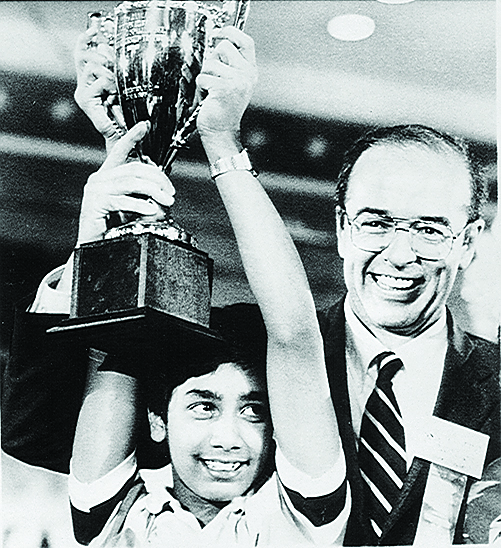
(Balu Natarajan, the first Indian-American to be a Bee Champion, did so in his third attempt in 1985 Photo courtesy: Scripps National Spelling Bee)
Gestating period
The Indian-American innings at the Bee opened more than half a century — 60 years to be precise — after the Bee was first held in 1925. It had a tepid run even after Natarajan claimed the 1985 title. It was only at the turn of the century that the tide began to turn. Indian-Americans Nupur Lala (logorrhea) and George Thampy (demarche) clinched the titles in 1999 and 2000 respectively, and there's been no looking back since. With Sameer Mishra (guerdon), Kavya Shivashankar (Laodicean), Anamika Veeramani (stromuhr), Sukanya Roy (cymotrichous), Snigdha Nandipati (guetapens), Arvind Mahankali (knaidel), Ansun Sujoe (feuilleton) and Sriram Hathwar (stichomythia) winning back-to-back titles (except the last two, who were co-champions) since 2008, the last seven years have been particularly "phenomenal" for Indian-Americans at the Bee.
Many factors have contributed to this spell. Natarajan particularly attributes the success to the work done by the North South Foundation (NSF), a non-profit organisation set up by Dr Ratnam Chitturi in the early 1990s to promote education, particularly among needy Indian students. With 15 centres in 1993 to about 85 today, NSF organises subject-wise contests, including spelling competitions, for kid s across age groups. Their gradually increasing presence across America has meant that kids, especially kids of Indian-origin and Indian-Americans parents, have a platform that serves as a springboard for the Scripps National Spelling Bee. From 500 children for the first NSF spelling bee in 1993, NSF's spelling bee this year attracted close to 3,300 participants.
"We serve as a minor league platform for children from kindergarten to eighth grade," says Dr Chitturi. Considering that Scripps starts with fourth grade, "some NSF children have three-four years of early participation to speak in front of an audience with a microphone and build confidence".
While Scripps National Spelling Bee organisers do not track the participants' ethnicity, Dr Chitturi estimates that about 30 to 40 NSF kids go to Scripps every year. This year too, 42 of the 285 total participants, about 15 per cent, were NSF kids. "NSF children represent 0.01 per cent among the US children, but they represent 15 per cent at Scripps, which speaks a lot about the Indian community in the USA," he adds.
In absolute terms, the numbers indicate that Indian-Americans would have a statistically high probability of clinching the title than perhaps kids of other ethnicities do. But to reduce to ratios the outcome of a test that needs long and intense hours of preparation, memory cells that absorb information as sponges and immense mental fortitude would be to over simplify the facts.
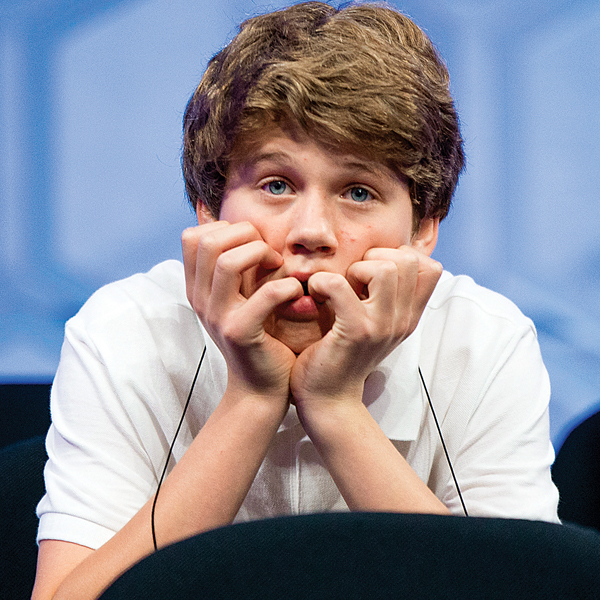
(Cole Shafer-Ray on stage during the semifinals)
The learning curve
The Bee is about getting right the spellings of the dictionary's trickiest words — words, such as succedaneum or esquamulose or guetapens, which one has never heard of before and likely never will. In addition, Bee organisers state that the purpose of the contest is for participants to "increase their vocabularies, learn concepts and develop correct English usage".
To master the sheer number of words in the Merriam-Webster Dictionary then is not a task that can be accomplished by memorising. The trick is about knowing the meaning of the word and its etymology. "It would be impossible to do well without having an understanding of the basis of how the spelling came about," says Natarajan, who won the Bee in his third attempt. "Creative learning is more critical," weighs in Dr Chitturi. "Rote learning will never make one a Scripps Champion."
While in modern times, Indians have been known to depend on rote learning, Indian culture has, for centuries, relied on the oral tradition to pass on knowledge, be they the Vedas or folk songs, points out Dr KN Saraswathie, assistant professor in the department of anthropology at the University of Delhi.
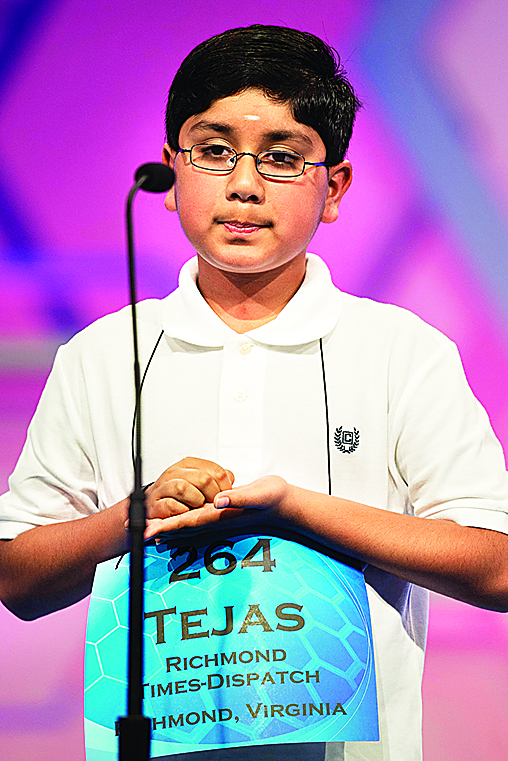
(Of the 10 finalists, 12-year-old Tejas Muthusamy came in fourth after he misspelled ‘tartarean’ in Round 8 at this year’s Bee)
Genetic disposition?
Seeking to explain the question of a genetic link that makes acquiring linguistic skills easier for people of Indian-origin, she says: "Any given gene will be associated with a particular trait, be it for learning something new or determining one's height. But genes behave differently in different environments."
Indian immigrants in the US would already have a certain level of economic and educational status, states Dr Saraswathie. "Children of such parents would obviously have the genetic disposition to learn and given the right, nurturing environment, they are likely to succeed."
Leading geneticist and founder of Houston-based Foundation for Genetic Research, Dr Krishna Dronamraju, offers a wider context for human learning. The evolution of language, he says, is not due to genes alone, and cultural factors too have an impact on how languages evolve. "It is entirely possible that special abilities, such as spelling and grammar, may be enhanced by certain genetic backgrounds, but it is also quite conceivable that people with a certain language background may show this skill more easily than others," says Dr Dronamraju, also a visiting professor at the University of Paris and an honorary research fellow at the University of London.
"In India, both the Sanskrit background as well as the Dravidian background in the south may help the facility for language (and therefore spelling) — may be one more than the other," he elaborates. "Once again, family background and tradition may also influence such a process because some families emphasise scholastic attitude more intensely than others. In the US, Indian families follow such a tradition compared to non-Indians."
A family affair
The scholarly outlook that Dr Dronamraju talks about is indeed what drives many Indian-Americans to partake in the Bee. The emphasis that Indian parents lay on getting the spellings right is emblematic of the special place, a higher pedestal, they have for knowledge and education. "The Indian community places education as the number one priority, and encourages their children to excel," testifies NSF's Dr Chitturi. As in Natarajan's case, his parents stressed that he and his younger brother work hard on their studies. The fact that his maternal uncle in India was a professor of English too drove them to put in extra effort. "These days, people often question the use of spellings because we all have access to spell-check, but we were always taught that there is no substitute for knowledge and hard work," says Natarajan, who also knows Sanskrit and Tamil. "Just as Gujaratis are more enterprising, the south Indians are more knowledge-oriented, they have a drive for it," says Dr Jayesh Sheth of Institute of Human Genetics in Ahmedabad, providing the context for why so many Indian-American Bee winners trace their ancestry to south India. "Though genes alone are not the only influencing factor, the environment also plays a part."
The environment, in many cases, is a result of the impetus that the family offers, with many siblings being inspired by their parents and siblings. For instance, three Indian-American kids at this year's Bee were following in the footsteps of their siblings — Vanya is the younger sister of 2009 champion Kavya, Srinath Mahankali is the younger brother of 2013 champion Arvind while Jairam Hathwar is four years younger than his brother, last year's co-champion Sriram.
"It all started with Sriram in second grade trying to join the school spelling club which at that time was geared towards middle-schoolers," says their 45-year-old mum Roopa. "Sriram won the school-level followed by the regional level and participated at the national level as the youngest contestant in 2008. Since then, he got motivated to keep going back to win the trophy." Sriram participated in the Bee five times before he was announced co-champion last year. "Seeing his brother go through this journey was highly motivational for Jairam, who now follows his brother's footsteps," says Roopa.
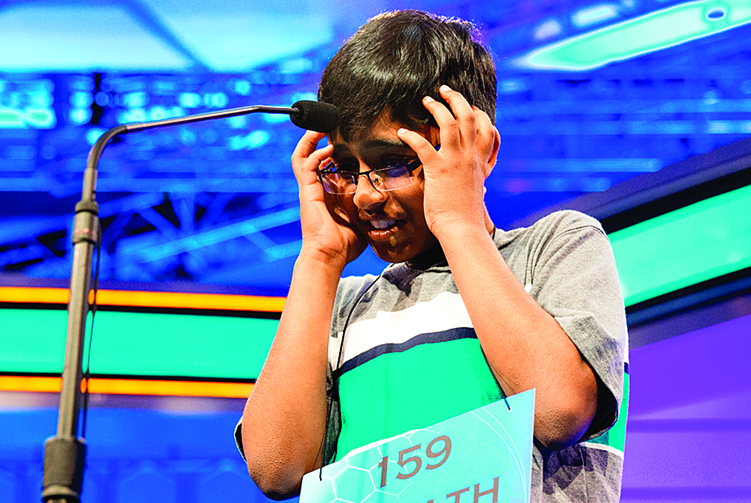
(Srinath Mahankali before correctly spelling ‘sphenogram’)
Making of a champion
Dr Chitturi points out what (Thomas) Edison famously said about being a genius: it requires 1 per cent inspiration and 99 per cent perspiration. The one thing that unites all Bee participants is the seemingly endless hours spent poring over the dictionary — word-by-word and page-by-page. That and the non-stop quizzing by parents and elders. "As parents, we are happy to provide the support and quiz them regularly. It is a family affair," says Roopa of her and her husband Jagadeesh's involvement in Sriram and Jairam's preparation for the Bee. Both Roopa and Jagadesh are practising doctors and have been in the US for nearly two decades. "Winning is something they strive for, but more importantly they like to connect and network with their peers."
Almost all the Bee champions credit their parents for putting them through the grill. "My parents were a huge help. Some kids do it by themselves, but for me it was a family affair. I would spend four-five hours in preparation every day in the months leading to the June contest and my father would ask me words that I didn't know," recalls Natarajan, 30 years after his title win.
But no one puts it better than 1981 champion and the Bee's executive director for the last 18 years, Paige Kimble, when she says: "The biggest factor in determining success in the Scripps National Spelling Bee is grit. It is the sheer determination and a speller's ability to persevere over an extended period of time that determines our Champions. Spellers who reach this level of achievement have dedicated much time and energy to accomplishing one goal."
About the 2015 Scripps National Spelling Bee
7 countries, other than the US, where participants came from: the Bahamas, Canada, China, Ghana, Jamaica, Japan and South Korea
285 spellers beat millions of kids in the local and regional-level contests to vie for the top spot at the Scripps National Spelling Bee, US
Win %
Boys- 49%
Girls- 51%
9 is the age of the youngest participant, Speller #28, Cameron Keith of Longmont, Colorado
9-15 is the age range of participants; 80% are between the ages of 12-14
117 participants speak more than one language
36 participants have relatives who've participated in a combined 81 Scripps National Spelling Bees
The spellers' favourite words include flibbertigibbet, onomatopoeia, schadenfreude, syzygy, tchotchke and triskaidekaphobia
Source: Scripps National Spelling Bee

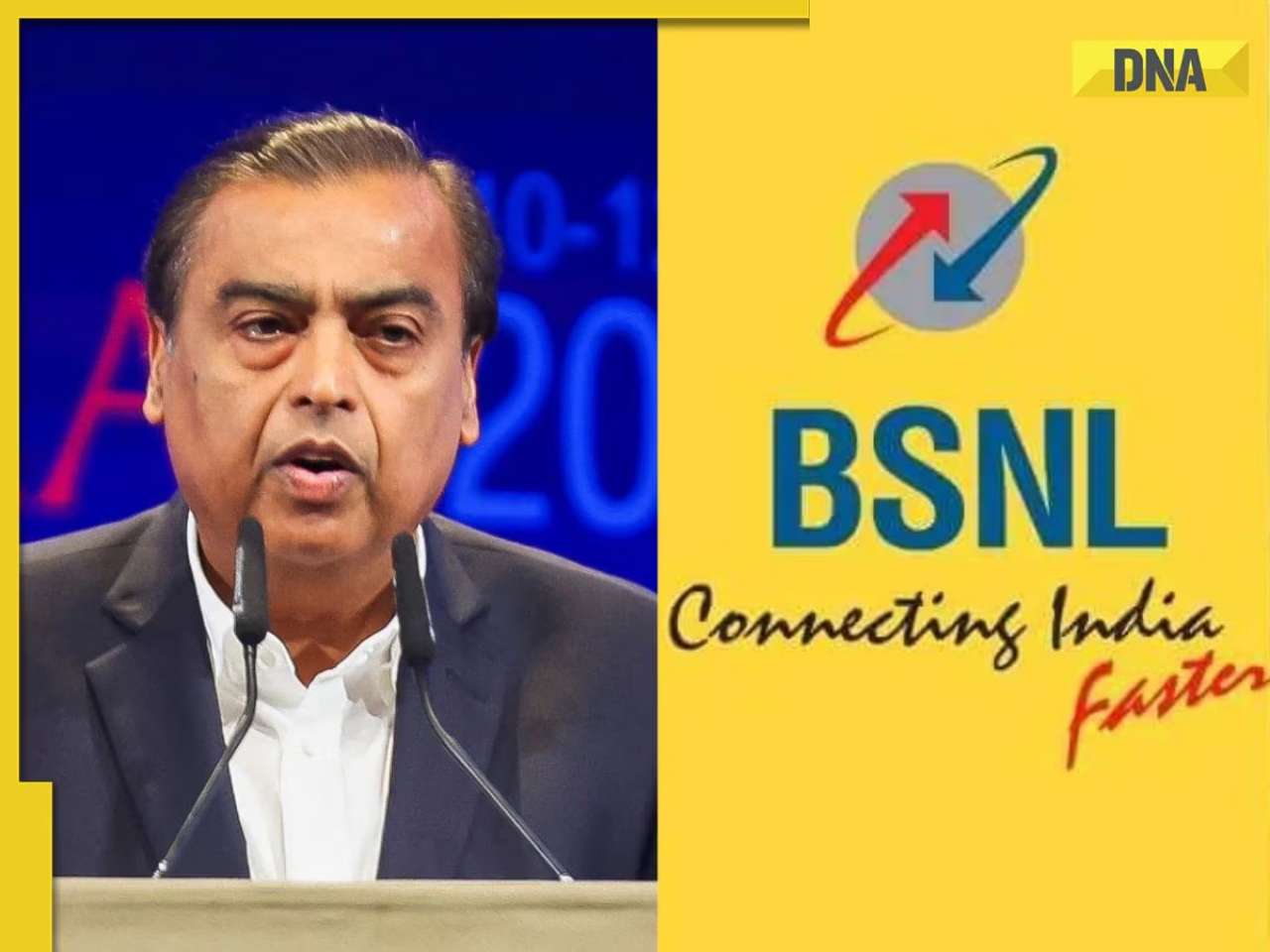
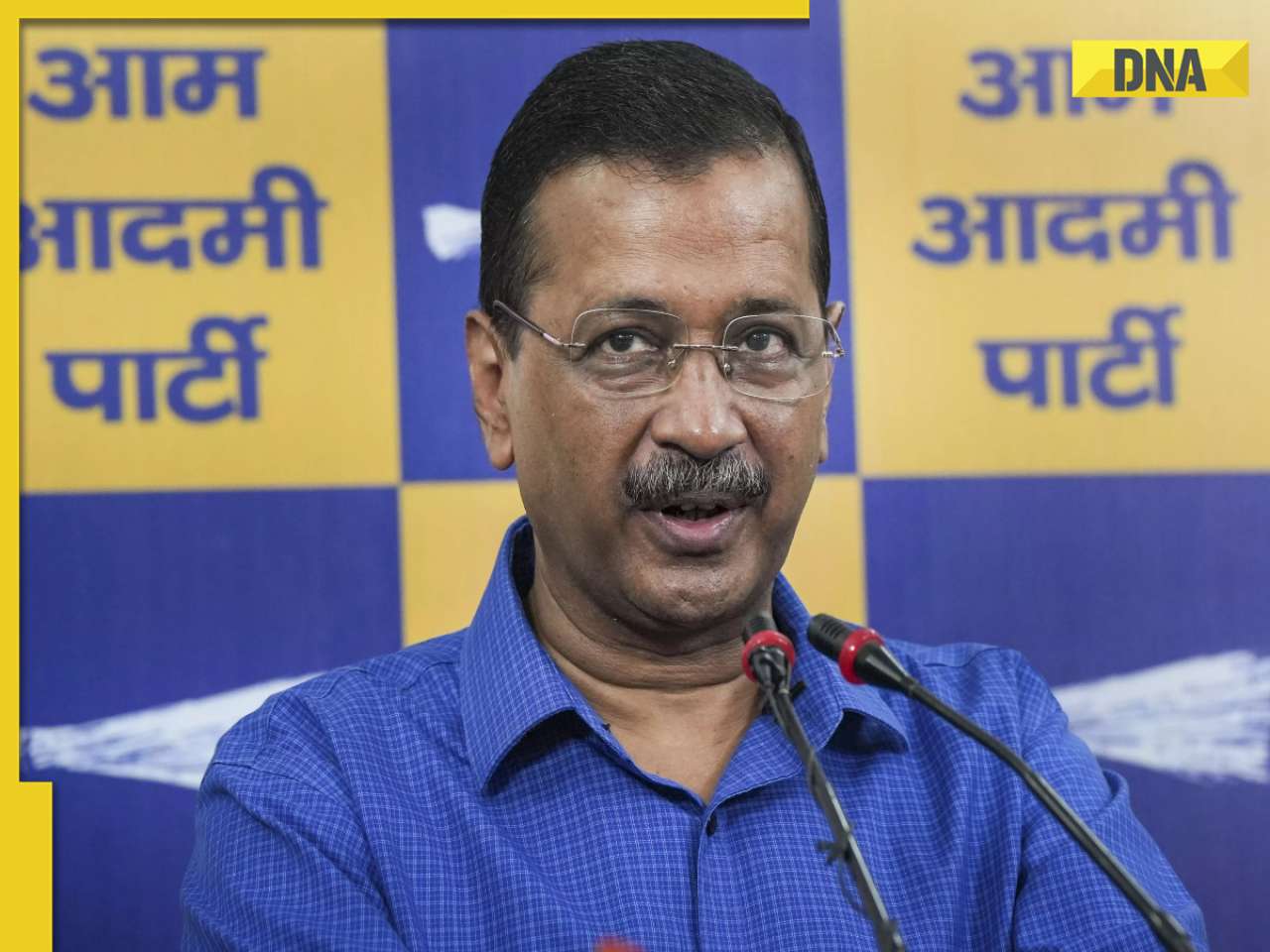
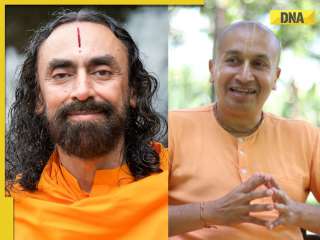



)
)
)
)
)
)
)
)
)
)
)
)
)
)
)
)





